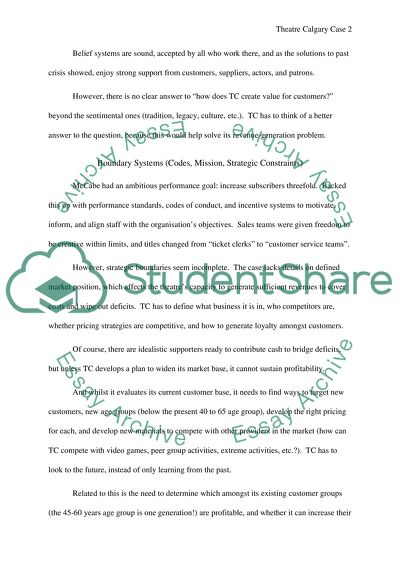Cite this document
(Management Accounting Control Systems of Theatre Calgary Case Study, n.d.)
Management Accounting Control Systems of Theatre Calgary Case Study. Retrieved from https://studentshare.org/finance-accounting/1525416-management-accounting-assignment
Management Accounting Control Systems of Theatre Calgary Case Study. Retrieved from https://studentshare.org/finance-accounting/1525416-management-accounting-assignment
(Management Accounting Control Systems of Theatre Calgary Case Study)
Management Accounting Control Systems of Theatre Calgary Case Study. https://studentshare.org/finance-accounting/1525416-management-accounting-assignment.
Management Accounting Control Systems of Theatre Calgary Case Study. https://studentshare.org/finance-accounting/1525416-management-accounting-assignment.
“Management Accounting Control Systems of Theatre Calgary Case Study”, n.d. https://studentshare.org/finance-accounting/1525416-management-accounting-assignment.


